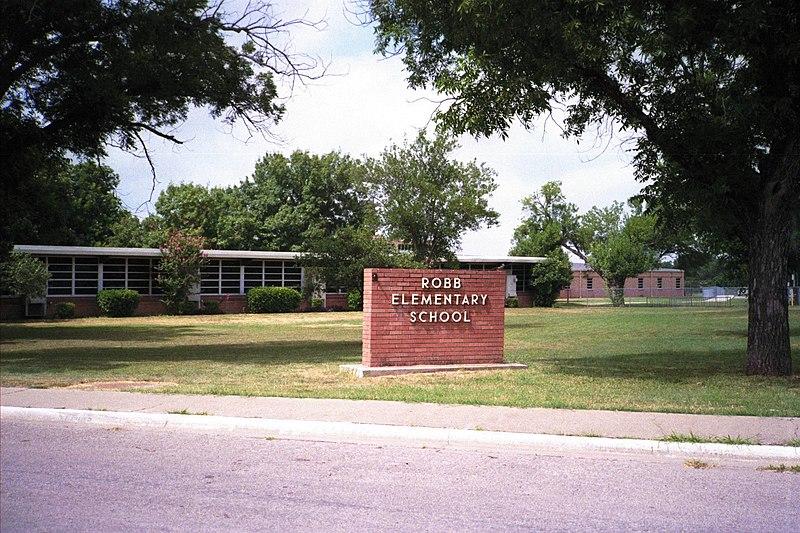Buffalo, Uvalde, and the Insidious Dangers of the "Model Minority" Myth

We are all reeling from the horrifying news out of Buffalo and Uvalde. I could use this platform to scream about the need for gun control, mental health services, and political reforms so that we might someday not have to lurch from tragedy to tragedy, but I’m not going to. I’m not sure that I would have anything original to say that isn’t obvious or already said after the last mass shooting or the one before that or the one before that.
I do want to point out, though, that between the Buffalo and Uvalde massacres was another mass shooting. This one occurred in Laguna Beach, CA, and the victims were targeted as being part of the Taiwanese community. If you heard about this shooting at all, had you heard that Taiwanese people were specifically targeted for their ethnicity? https://www.nytimes.com/2022/05/16/us/california-church-shooting-hate-incident.html
As we near the end of Asian American and Pacific Islander Heritage Month, a time when we should be celebrating the achievements, the history, and the culture of Americans from AAPI communities, we are instead mourning. Again.
In 2020, I wrote about anti-Asian racism, as witnessed repeated attacks on Asian Americans under the pretense that they bore some sort of responsibility for COVID. You can read that here:
https://sites.duke.edu/neurologyinclusionblog/2021/03/21/anti-asian-racism-3-26-2020/.
Then last year, we were forced to address anti-Asian violence again with the mass shooting in Georgia.
https://sites.duke.edu/neurologyinclusionblog/2021/03/21/asian-american-violence-3-19-21/
As horrifying as these attacks are, anti-Asian racism is also a daily occurrence and something that each of us can work to improve. One of the more insidious forms of racism that impacts the AAPI community is invisibility. One Asian American member of our department once said to me that he was in a meeting at Duke where the speaker discussed how there were “no minorities in the room,” as he sat that wondering what that meant about himself. Was he so invisible the speaker didn’t even know he was there? Did the speaker mean “underrepresented minority?” Now his mind was on this and not on the topic they were supposed to be discussing
Some of this invisibility stems from stereotypes. The model minority myth suggests that AAPI communities are so well educated and economically successful that they should be held up as model for other groups. While some subsets of the AAPI community are more likely to have high educational attainment and financial security than the population at large, they are also the group with the widest income gap in the US, meaning there are also many members of this community living in poverty. Stereotyping all members of the AAPI community as wealthy or educated does a disservice to those with fewer resources or opportunities and renders them unseen. In the meantime, even with education and high-paying jobs, AAPI employees are the least likely group to be promoted to managerial positions. https://hbr.org/2018/05/asian-americans-are-the-least-likely-group-in-the-u-s-to-be-promoted-to-management.
Another source of invisibility is the term “underrepresented in medicine (URM).” As it refers to race/ethnicity, URM essentially means “not White and not Asian” with all other groups falling under this designation. Relying solely on the URM designation oversimplifies a much more complex reality about the diversity within AAPI communities.
At Duke Neurology, we offer an Underrepresented in Neurology Teleshadowing Program designed to offer clinical exposure to undergraduates from underrepresented groups. But we specifically did not want to exclude anyone because of their race. Thus, the application process allows students to tell us in what whey they identify as underrepresented. For example, a student could apply for our program as a Mongolian American (Mongolian Americans have the highest poverty rate in the AAPI community, https://www.pewresearch.org/fact-tank/2021/04/29/key-facts-about-asian-americans/). To deny that student an opportunity because she falls under the broad category of “Asian” would be unacceptable*. The point is that if we continue to paint all AAPI communities with the same brush, we miss out on the true diversity within this community, and we contribute to the racism of invisibility. We need to see people as the individuals they are, and not simply a representative of their race or a statistic.
* Utilizing the broad definition of underrepresented, we are also inclusive of White students who are, for example, first-generation college students or have a history of homelessness. https://diversity.nih.gov/about-us/population-underrepresented
